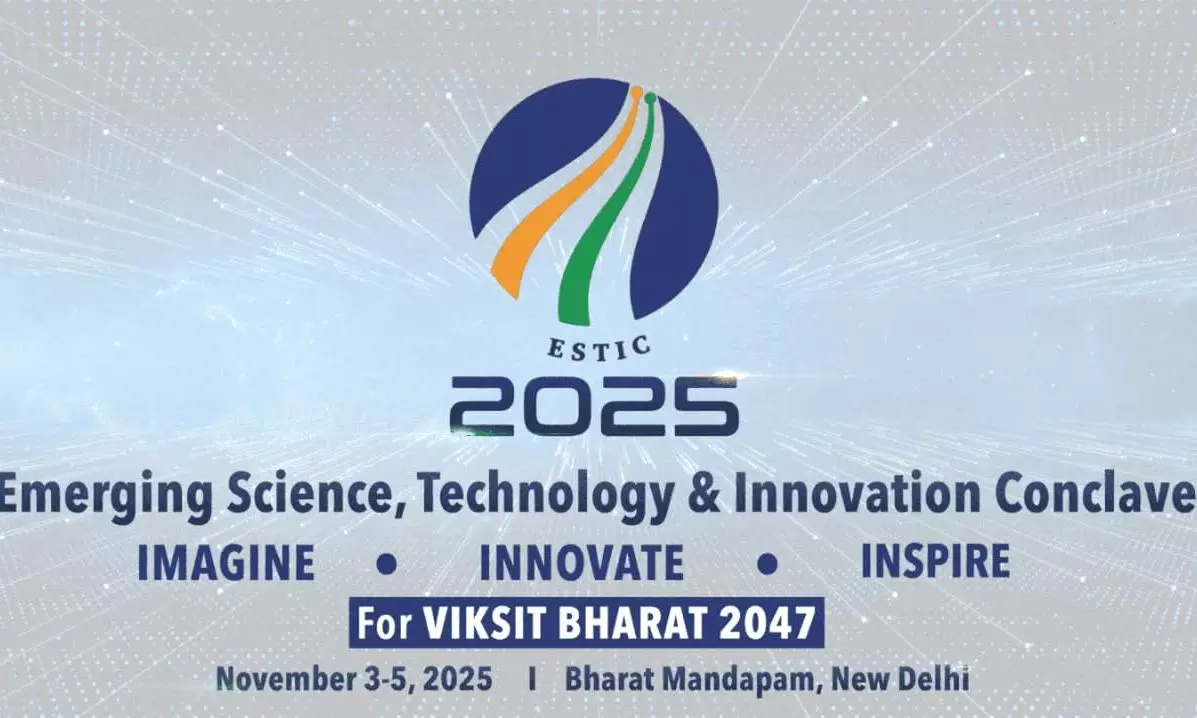Copyright deccanchronicle

Across primary health centres and tertiary healthcare facilities, India’s health system is adopting technologies that diagnose earlier, monitor continuously and treat more precisely—while bringing traditional strengths into the digital era. Telemedicine platforms connect doctors and patients at scale; medical devices and robotics are moving into routine care; and integrative pathways are emerging so that Ayurveda, Yoga & Naturopathy, Unani, Siddha, Sowa-Rigpa and Homoeopathy (AYUSH) contribute to prevention, wellness and disease management alongside modern medicine. The objective is constant: better outcomes, lower out-of-pocket costs, and equitable access as India advances towards Viksit Bharat 2047. Policy architecture for universal access has expanded. Ayushman Bharat—the world’s largest health insurance scheme, launched in 2018—provides financial protection for serious ailments; AMRIT (2015) reduces expenditure on high-burden non-communicable diseases. India is building a national digital health ecosystem to support inclusive, affordable and safe services; telemedicine platforms and AI-enabled tools have accelerated since COVID-19, improving diagnosis, continuity of care and data management. The Pradhan Mantri Ayushman Bharat Health Infrastructure Mission (PM-ABHIM) seeks to develop health infrastructure throughout the country, from primary to tertiary care levels, with a major budget allocation for pandemic preparedness and emergency response. The Ayushman Bharat-Health and Wellness Centres (AB-HWC) program turns sub-centres and primary health centres into comprehensive health centres with the goal of providing a broader variety of services, such as preventive and promotional healthcare, as well as expanding the primary care benefit package. Efforts are also being made to employ technology, like as the Aadhaar number, for electronic health records and the PM-JAY initiative to ensure primary care gatekeeping.Manufacturing and innovation capacity have widened. Under Make in India and Aatmanirbhar Bharat, domestic MedTech manufacturing has grown; Medical Device Parks and the PLI scheme (₹3,420 crore) have commissioned 19 green-field projects and begun production of 44 products (e.g., linear accelerators, MRI, CT, mammography, C-arms, ultrasound), previously imported. AMTZ, Visakhapatnam has emerged as a global manufacturing and testing hub with 150+ companies, enabling affordable, quality devices. A vibrant startup base—250+ organizations in devices alone—adds to India’s role as an export source of certified, cost-effective products. Biomedical research enablers have scaled. ICMR-DHR established centres at IITs under the Medical Device & Diagnostics Mission Secretariat (MDMS) to drive product development; initiatives like Patent Mitra support IP and technology transfer across the biomedical pipeline. MedTech Mitra helps bridge clinical needs with innovative devices and solutions. COVID-19 milestones included a nationwide lab network in under a year, pathogen characterization, and development of diagnostics and vaccines—capabilities that now benefit wider public health.Additionally, the Ministry of Ayush is mandated to develop AYUSH systems and position them as preferred systems of living and practice for a healthy India. Its direction—articulated in the Health & Medical Technologies brief—is integration with mainstream care, research for evidence generation, digital platforms for access, and capacity creation across education, services and manufacturing. Programmes leverage national digital health infrastructure and public-private partnerships so that Ayush facilities operate within a single-window ecosystem of care. “Ayush systems are being strengthened through research, quality standards and digital access so that holistic, affordable and evidence-based care reaches every citizen. Our focus is integration with the national health ecosystem—wellness, prevention and disease management working together.” — Rajesh Kotecha, Secretary, Ministry of AYUSH.The AYUSH sector has recorded significant growth and global recognition, including the WHO Global Traditional Medicine Centre at Jamnagar. Digital platforms and new initiatives are integrating Ayush services with mainstream systems for single-window access. The AYUSH-ICMR Advanced Centres for Integrative Health Research at AIIMS Delhi, Jodhpur, Nagpur and Rishikesh are bridging Ayush and biomedicine to deliver evidence-based integrative care. At ESTIC-2025, Health & Medical Technologies are structured around outcomes—identifying priority use-cases, naming owners and facilities, aligning standards and regulatory pathways, and fixing time-bound milestones so decisions end in delivery. Within this framework for Ayush, the focus—strictly as drawn from the documents—is fourfold: integration and access by embedding Ayush services on national digital health rails for patient-centric, single-window access; evidence and quality by scaling research collaborations...



